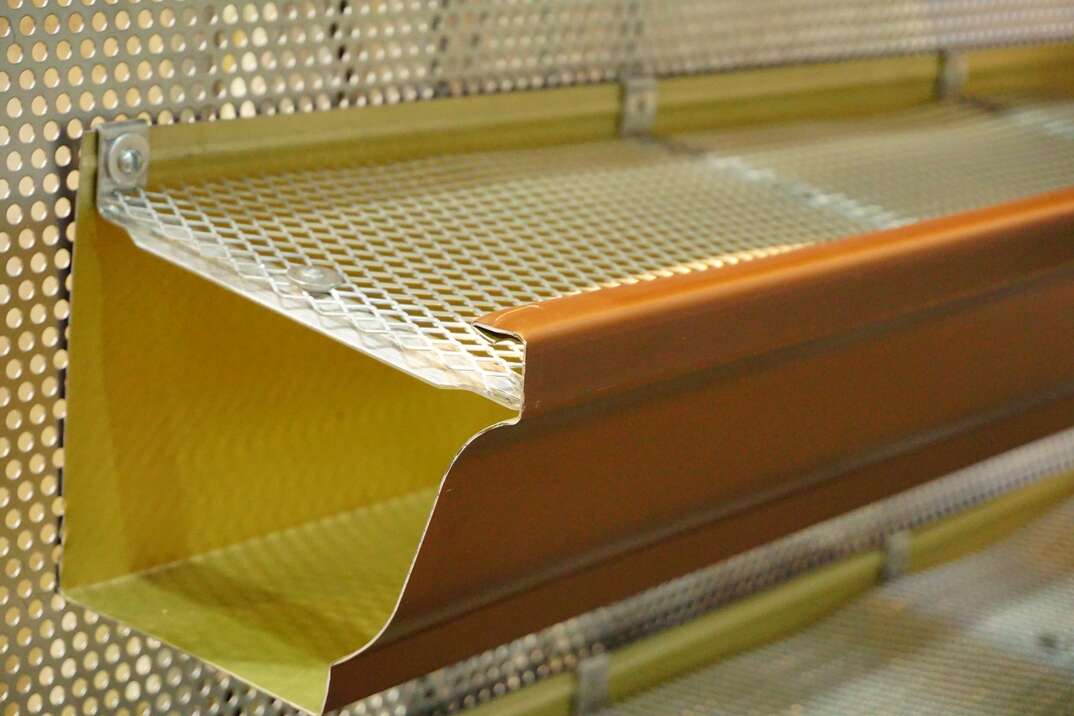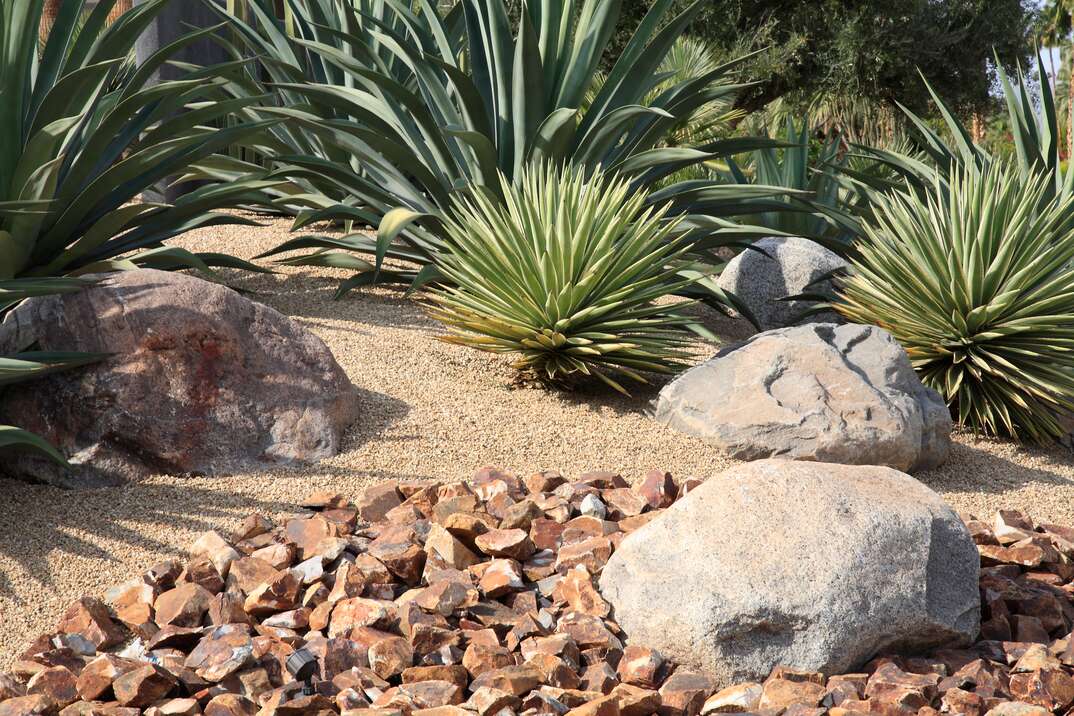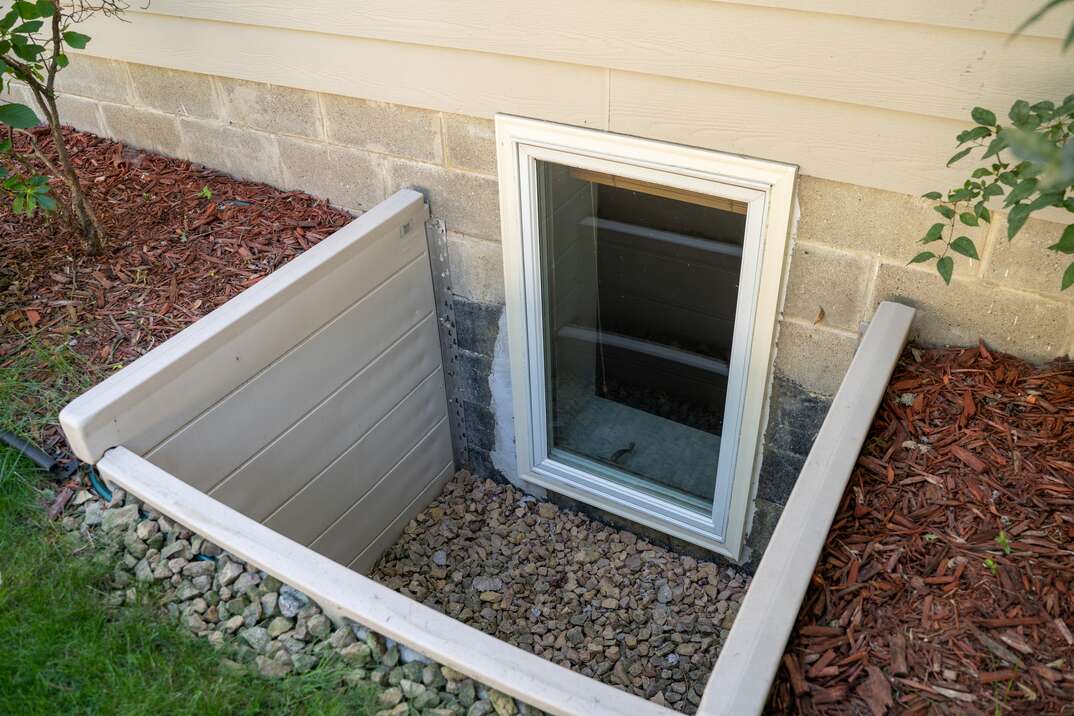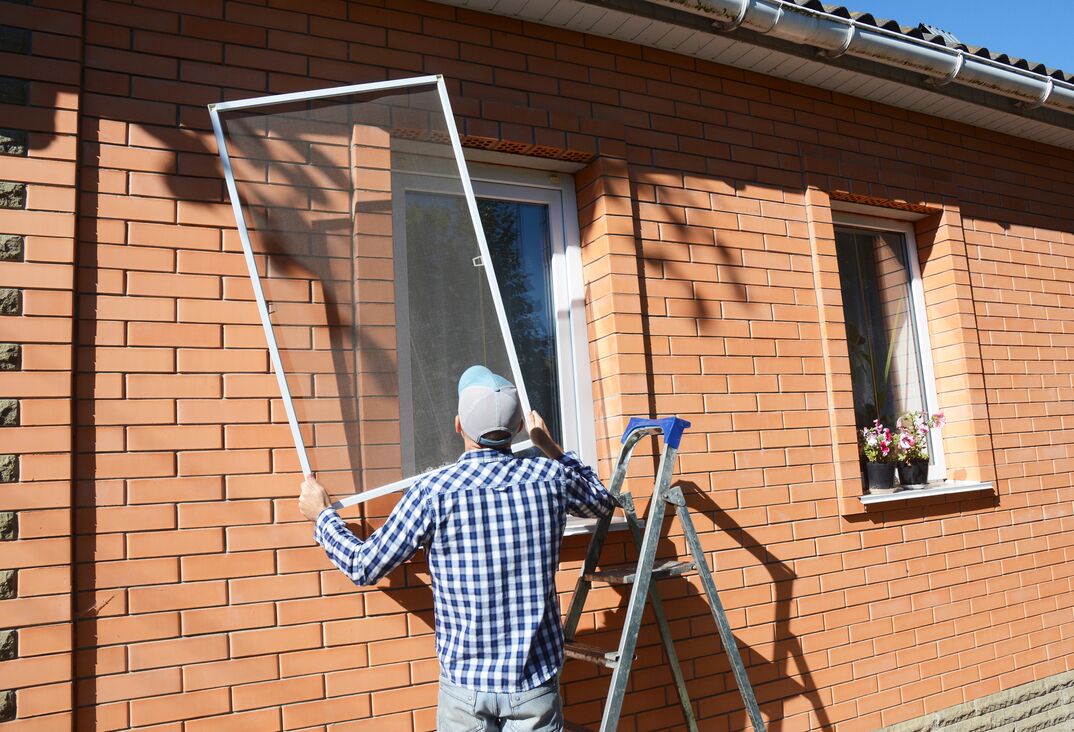What Are Gutter Guards — and Do You Need Them?

As the seasons change, it's common for homeowners to find debris in their gutters when they don't have gutter guards in place. Leaves and twigs often contribute to deposits of gunk, which often leads to messy cleaning sessions. Gutter guards help prevent clogs and unwanted debris by creating a barrier between the roof and gutter system that stops leaves and twigs in their tracks while allowing water and melting snow to flow through.
This May Also Interest You: Cleaning Gutters Doesn’t Have to Be Gut-Wrenching. Here's a Step-by-Step Guide
It's important for your gutter system to stay free of debris, as the gutters funnel rain and melting snow off the roof and away from your home. When gutters aren't functioning properly, potential consequences include roof leaks, damaged siding and even damage to the gutters themselves. Read on to learn more about gutter guards and how they can protect your home.
What Is the Purpose of Gutter Guards?
The main purpose of installing gutter guards and leaf guards is to help prevent clogged gutters and halt the buildup of dried leaves, twigs and other debris that easily enter your gutter system following storms and windy weather. Gutter guards are also effective at keeping vermin out of your gutters and drainpipes.
If you live in a colder climate and experience snowy winters, gutter guards may also help reduce the size and significance of ice dams, as excess debris in the gutters makes formation easier. Gutter guards come in a variety of materials, including metal, mesh, foam and durable plastic. While the guards provide protective cover along your gutters, they're designed with small holes throughout the entire surface to ensure that water can flow freely.
Some common gutter guard styles and designs include:
Bolt-On
Bolt-on gutter guards are highly reliable and sturdy. This style is typically crafted with micromesh aluminum or steel and securely bolted or screwed directly onto existing gutter systems.
Surface Tension
Surface tension guards are installed beneath the first row of shingles at the edge of the roof. These guards are visible from the street, so it's important to choose tones that match your home's exterior.
Brush Guards
Brush guards rest inside the gutter system and are easy to install. These guards do not cover the entire gutter, but they are designed with bristles to catch debris.
Advantages and Disadvantages of Gutter Guards
Gutter guards provide many advantages to homeowners, ranging from damage prevention to improved water flow. However, there are also some disadvantages that come with installing gutter guards that include high costs and potential water bypass issues. Here's a closer look at the pros and cons of gutter guards.
Advantages of Installing Gutter Guards
- Water damage prevention: Gutter guards significantly lower the chances of excess debris buildup, clogs and ice dam development in your gutters. All of these factors can lead to water damage inside and outside of the home, making gutter guards highly beneficial.
- Less cleaning: Cleaning out the gutters can be time-consuming and potentially dangerous for homeowners who must climb up onto their roofs during gutter cleaning sessions. Installing gutter guards means minimal cleaning, as you only need to wipe the dried leaves and other foliage off the top of the guard.
- Prevention of vegetation growth: In addition to common debris that ends up in gutters naturally, squirrels are known to bury and hide seeds in gutter crevices, which can result in unwanted flowers or foliage cropping up on the edge of your roof. Gutter guards help prevent squirrels from hiding their seed stash.
More Related Articles:
- How Much Is Too Much? Here’s a Guide to How Much Snow Your Roof or Deck Can Hold
- Got Your Mind in the Gutter? Ponder Our 8-Step Gutter-Installation Guide
- How Much Does It Cost to Clean Gutters?
- Frozen Gutters be Dammed! 6 Ways to Eliminate Ice Dams
- How to Make a Rain Barrel: A 4-Step DIY Guide
Disadvantages of Installing Gutter Guards
- Potential strain on gutter systems: Gutter guards crafted with heavy materials such as metal may add extra weight and strain to the gutter system, which can lead to bending and pulling of the gutters.
- Cost: In most cases, gutter guards are an affordable option for homeowners. However, certain models and materials such as steel and copper gutter screens can increase the price of gutter guards per linear foot. Additionally, the overall square footage of your home can affect the final cost.
- Water bypass: In most cases, gutter guards efficiently funnel water run-off during storms and heavy snow melts, but heavily flowing water may bypass the guards completely and flow over the gutters and guards.
Do You Need Gutter Guards?
Determining whether you need gutter guards is ultimately a personal choice; however, it's always a good idea to consider the investment if your home meets certain criteria:
- You live in a rainy climate. If you reside in a state where rainfall is common during the spring and winter months, gutter guards can help funnel the rainwater and keep your gutter system flowing smoothly. Gutter guards also protect your structure from water leaks that can lead to flooding and mold growth.
- Your home is close to potential brushfire areas. Certain climates are more prone to brushfires than others, and flying embers can land in gutters and ignite leaves and other dry debris. Gutter guards can reduce the chances of this happening because they prevent dry debris from falling into the gutters.
- Your house is prone to rodent activity. Rodents tend to nest in dark, secluded areas, which include home gutter systems, especially messy ones. Their nesting areas can hinder water flow and create clogs, which gutter guard installation can help prevent.


